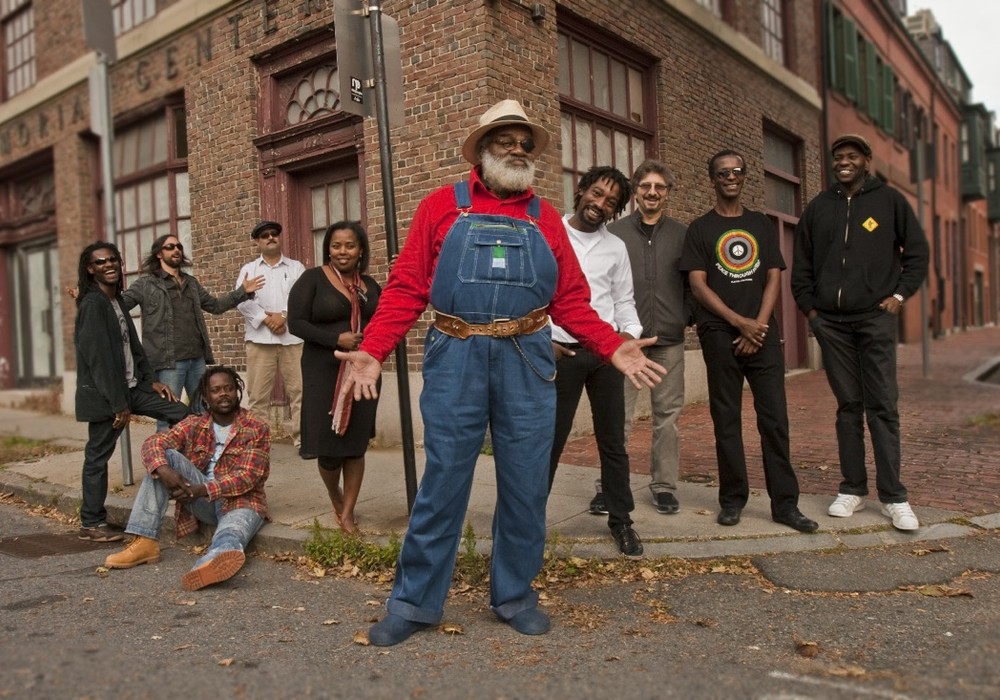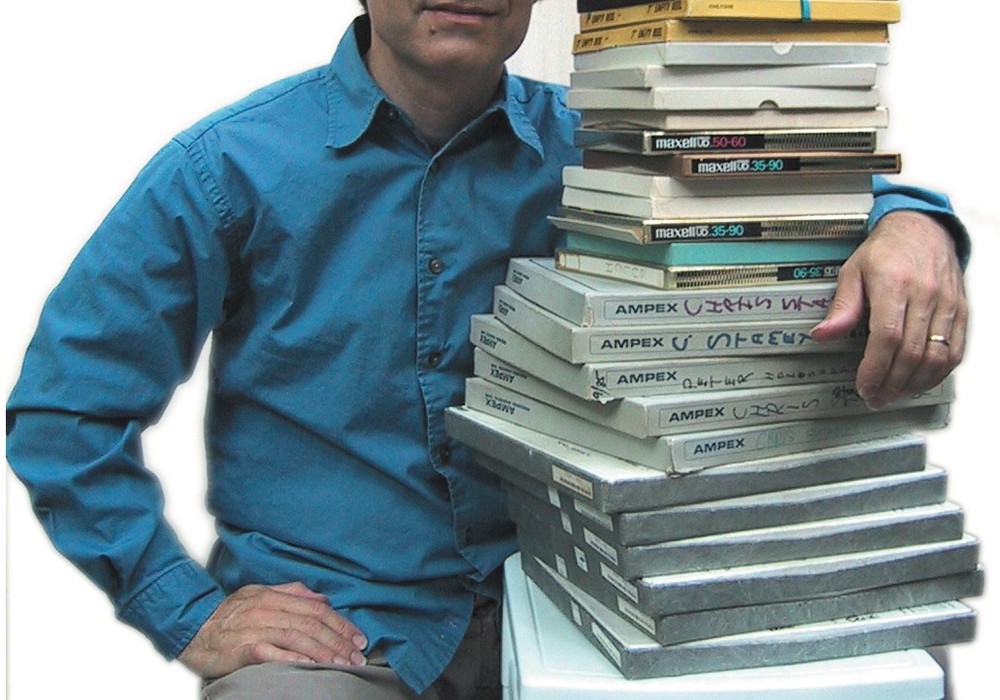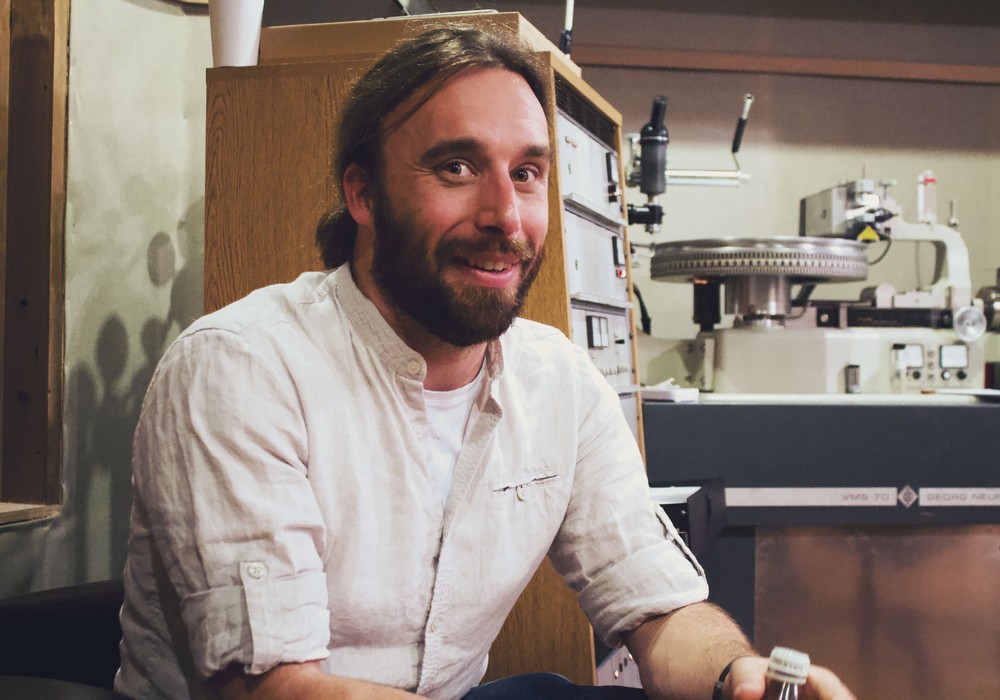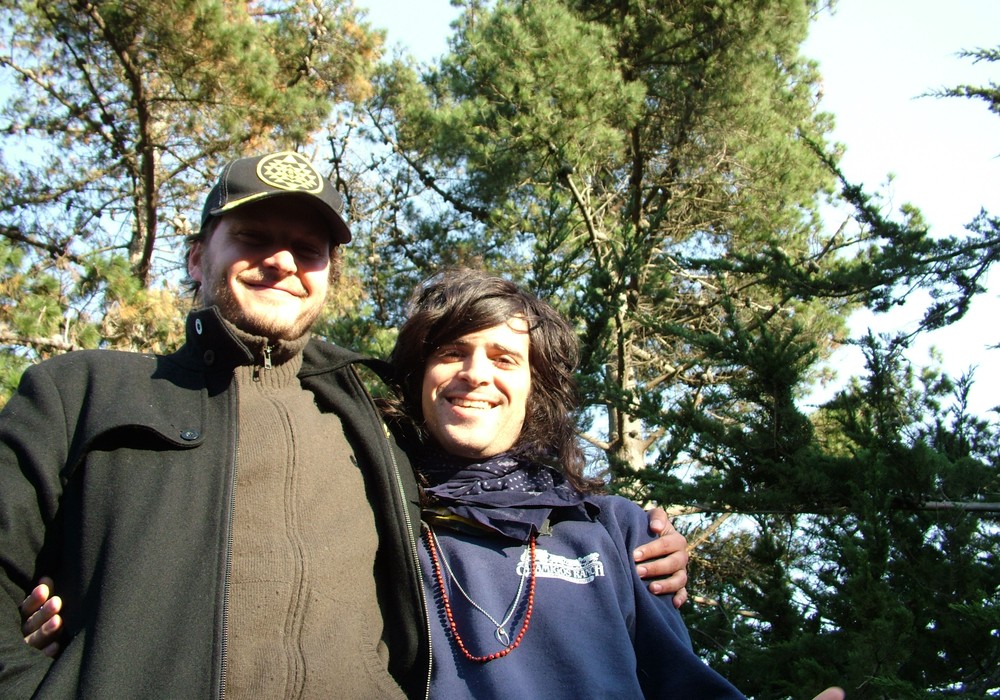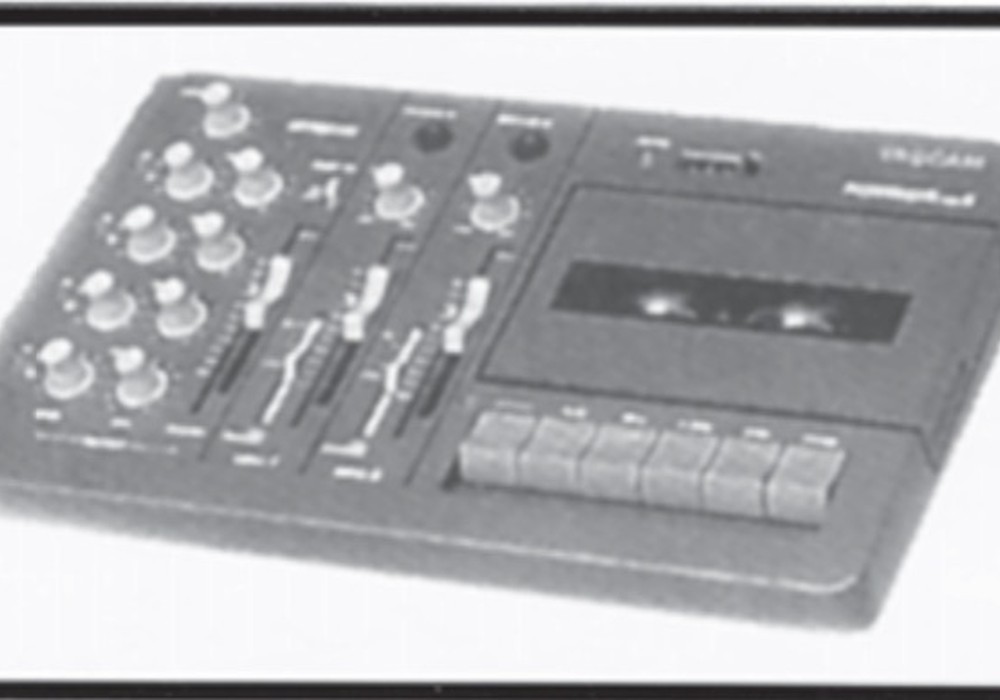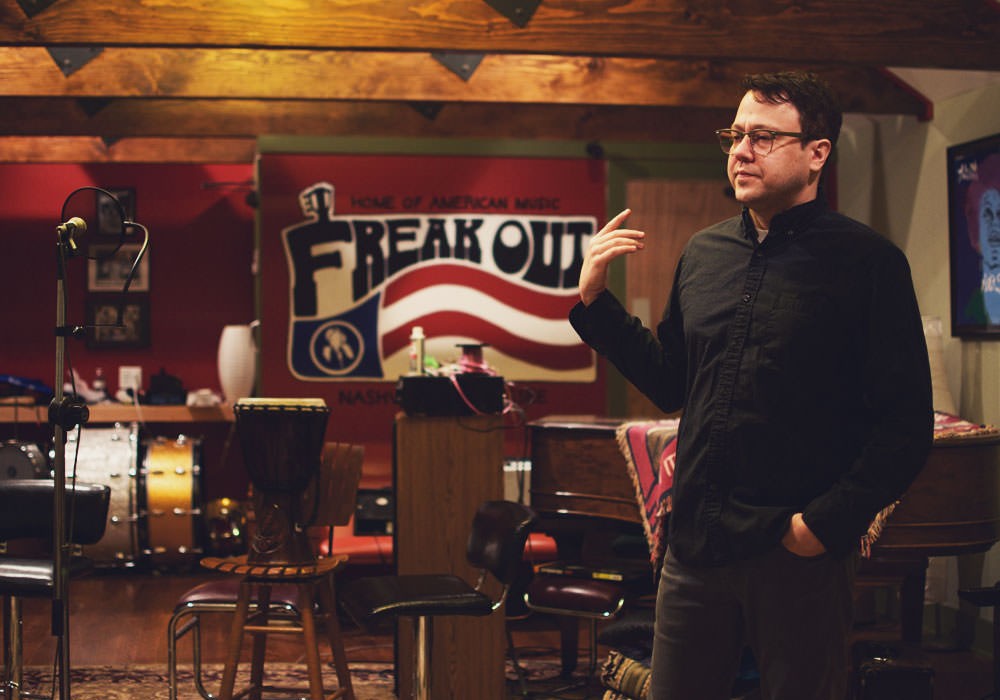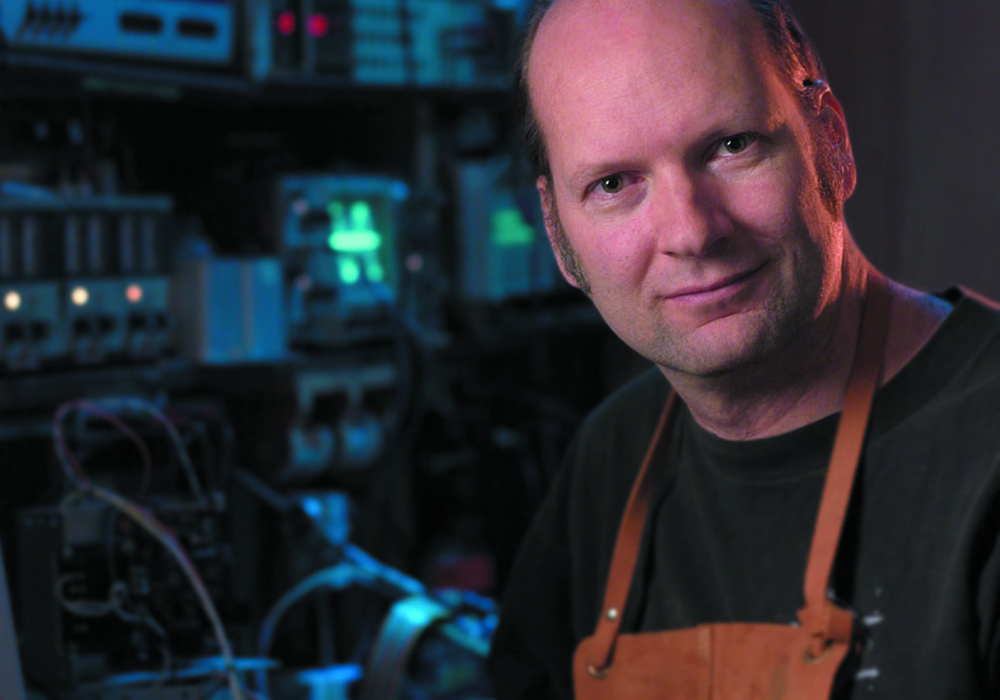When the name Heil started popping up around recording studios in conjunction with an interesting take on large diaphragm dynamic microphones a few years back, it was not a new name to those with a sense of history. As the proponent of the Heil Talk Box (remember Frampton Comes Alive?), many guitarists should already have known Bob Heil's name. His vision of putting together some of the first seriously designed and properly powered large PA systems in the early '70s for bands like The Who and The Grateful Dead made a huge impact of the rock touring world. But Bob's interest in transducers, his long-time friendship with fellow HAM-operator Joe Walsh and a desire to always do something new have once again brought him to the attention of the live and recording end of the music world.
Who is Bob Heil and where did he come from?
I started in 1955 as the pipe organist at the Fox Theater in St. Louis. I was fortunate to learn how to voice and tune that pipe organ as a teenager. That's where I learned to listen — listening is a real art. I played for twelve years professionally in restaurants, theaters and concert halls — theater organ, not church organ. I started a little music shop in late '66 — Ye Olde Music Shop. Through HAM radio I was learning how to build and design at the same time all this was happening. My music shop career started out with Hammond organs. I was renting them to groups because none of the traditional Steinway piano dealers would do that. I'd be into these groups and find out, "Wow, their PA is terrible!" They're using little columns and playing twenty-thousand seat halls. That's what started Heil Sound. I built this monster PA out of some old speakers that they threw out at the Fox Theater — A4 Altecs. Big stuff — nobody was doing that. I got a call from the Fox one day for this group that didn't have a PA. Well, the group was The Grateful Dead and their gear had been confiscated in New Orleans the night before! That was when Owsley [Stanley] got busted for being out of the state — the police took him and his PA. The band didn't know what had happened. The theater called me, handed the phone to [Jerry] Garcia and he said, "What do you got, man?" I told him I had Macintosh amps, all A4 Altecs and multi-cell horns. That was big-time for 1971. Nobody was doing that. They took us on tour. I realized from that experience that there was a need to package gear.
John Baccigaluppi said he just saw an old Heil console come through his studio.
We started building them around 1969 through to about 1980.
Who designed those?
Me. We built everything in-house. We built the circuit boards. We stuffed the circuit boards. We tested each one. They're all modular. The reason I did that — what if you're a group out in the field and channel six dies? What are you going to do? "I've got to send the board back." Just unplug channel six and send it to me. You're still working. You're down one channel but you're not down ten channels. Pretty ingenious for 1971.
How many of those consoles were there?
Oh, thousands. They're on eBay all the time.
So other sound companies or bands could purchase systems from you?
We were the first company back then to build a package PA. You could come to Heil Sound in 1972 and leave the facility with a complete system: snakes, road cases, everything — even a modular mixer. I remember that that we helped put the system together for Showco — their first system. I was working with SUNN [Musical Equipment Company] at the time. I was their largest dealer and I designed the SUNN Coliseum for them, but I was also building our own business with Heil Sound. That went on until 1980. The road work was getting tired and the music dealers weren't paying their bills. I got into building microphones for the HAM radio industry. That's my first love. We build hundreds of thousands of mics a year and it's really fun because we're the only ones. Shure left. Electro-Voice left. Astatic left. They all got out because it's a small market. We brought quality to HAM radio. Joe Walsh, an avid ham radio operator, has been my friend all these years and one day he said, "You know Bob, I want to use this Gold line [which is our HAM mic] on the stage." I said, "It's not good enough." He said, "It's better than a [Shure] SM58." I said, "No, Joe, I don't think so." I was at his house and went downstairs to his little studio and he proved it to me. So I had to start listening all over again, and we started building mics for this market. I want something new. We're bringing...
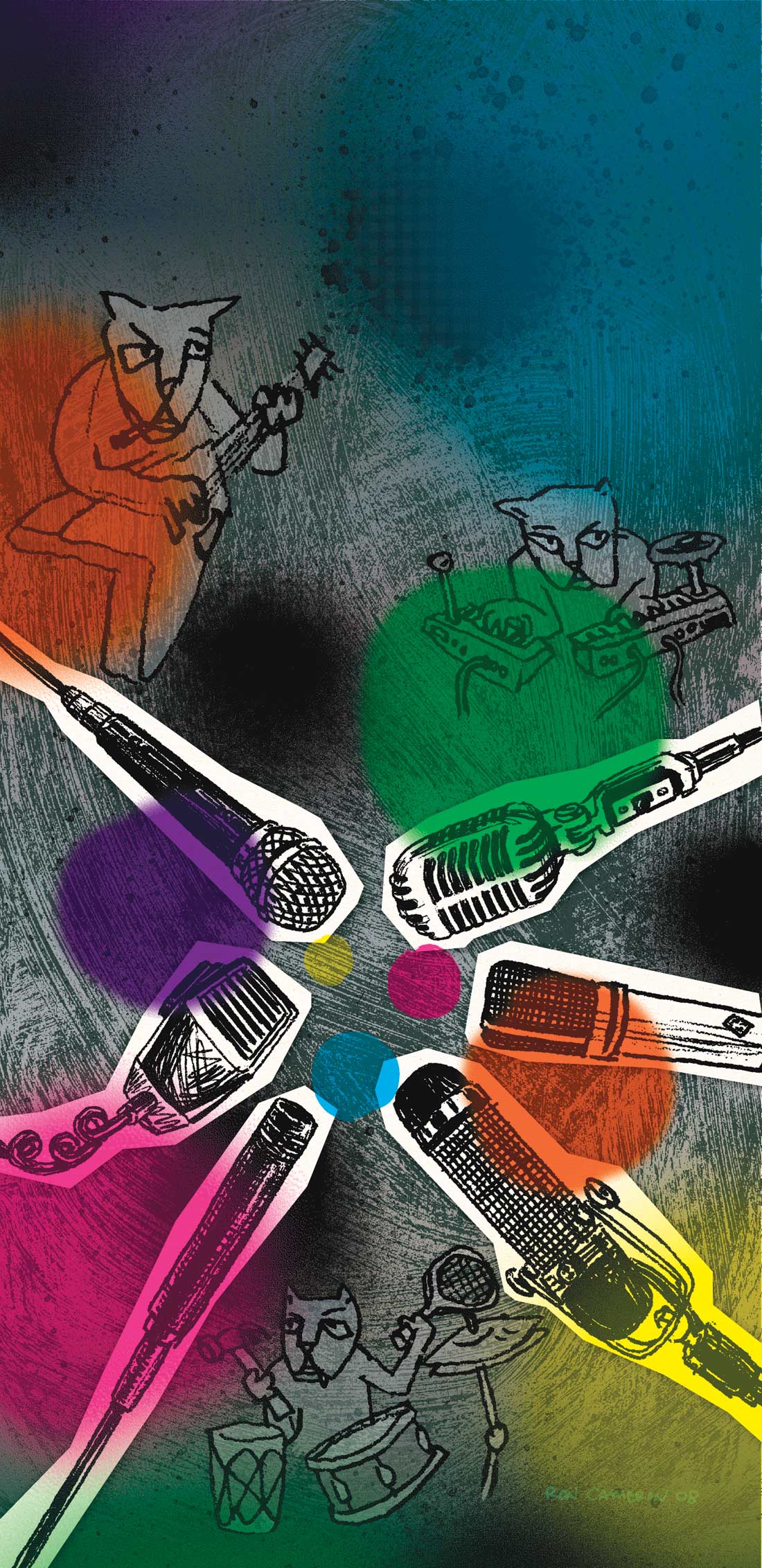




_disp_horizontal_bw.jpg)

